In The Art of Electronics book, I don't understand the following phrase: "…because current is flowing down through 3, trying to pull it up."
Figure 2.11. Generating a short pulse from a step input waveform.
A +5 V positive input step brings 1 into saturation (note the values of 1 and 2), forcing its collector to ground; because of the voltage across 1, this brings the base of 2 momentarily negative, to about −4.4 V. 2 is then cutoff, no current flows through 4, and so its output jumps to +5 V; this is the beginning of the output pulse. Now for the : 1 can’t hold 2’s base below ground forever, because current is flowing down through 3, trying to pull it up. So the right-hand side of the capacitor charges toward +5 V, with a time constant τ = 31, here equal to 100 μs.
Why does this current try to pull the cap up?
Collector of 1 is saturated and 0 V, and base of 2 is -4.4 V, so does this mean its flowing through 1?
In this case, why does it even have to change since no current would flow from -4.4 V to 0 V?
Also can electrolytic capacitors charge on either side?


